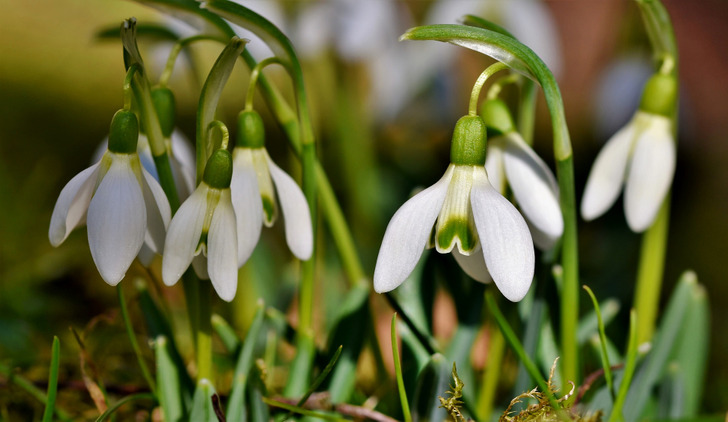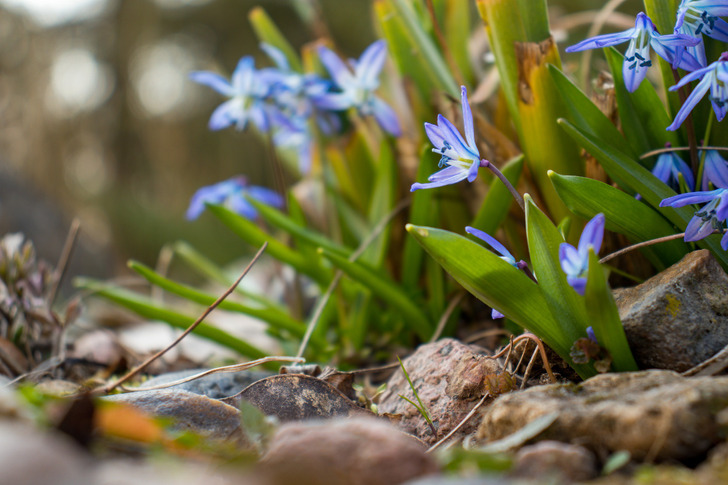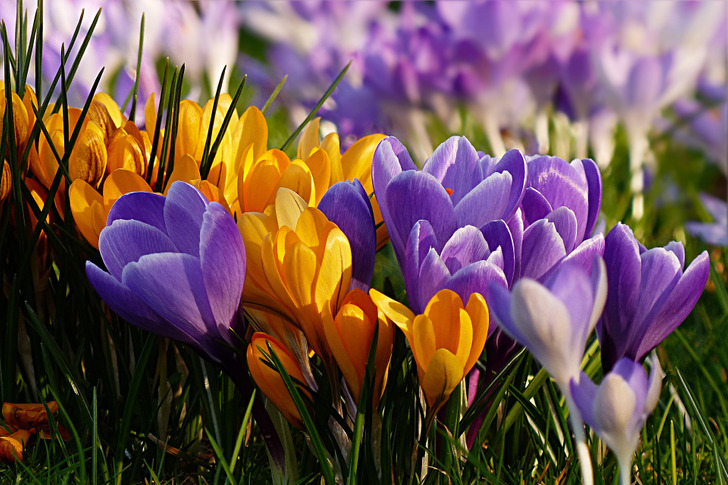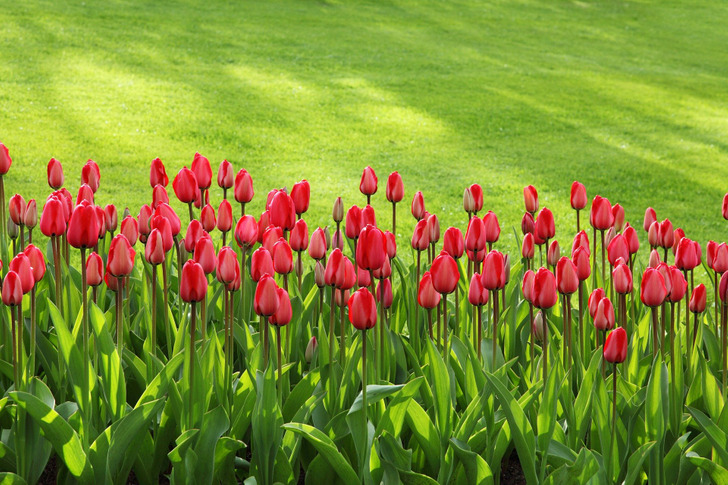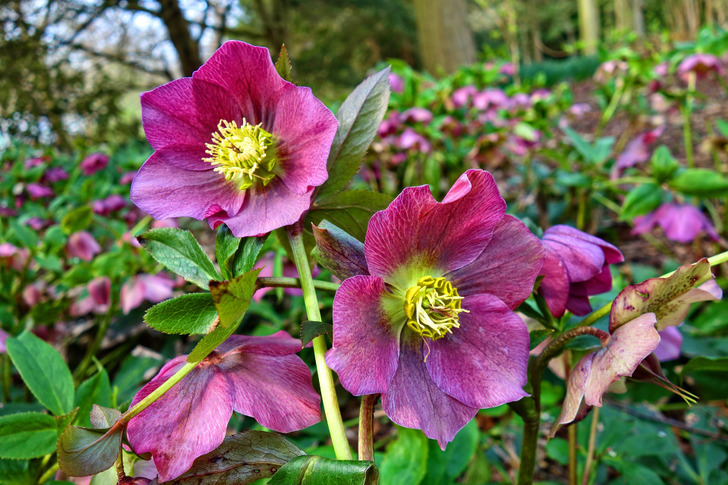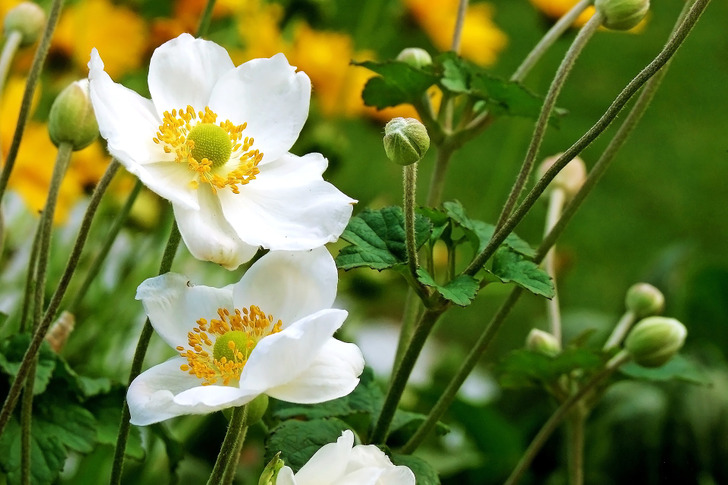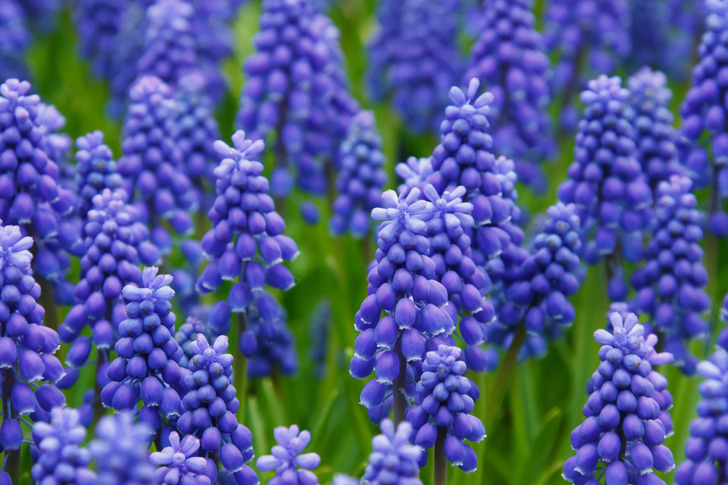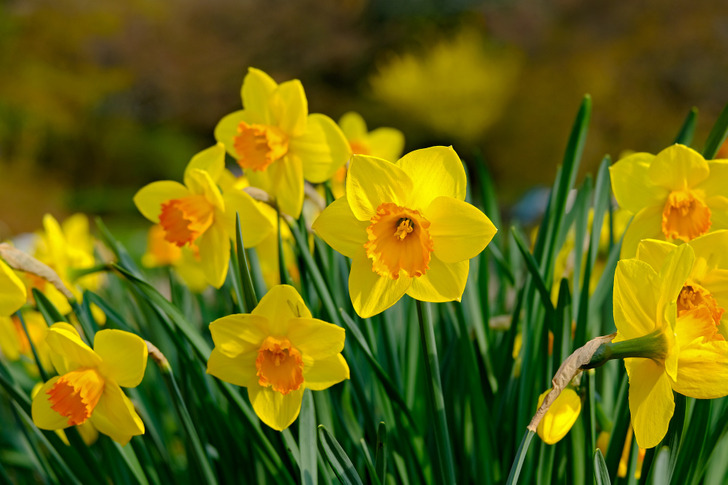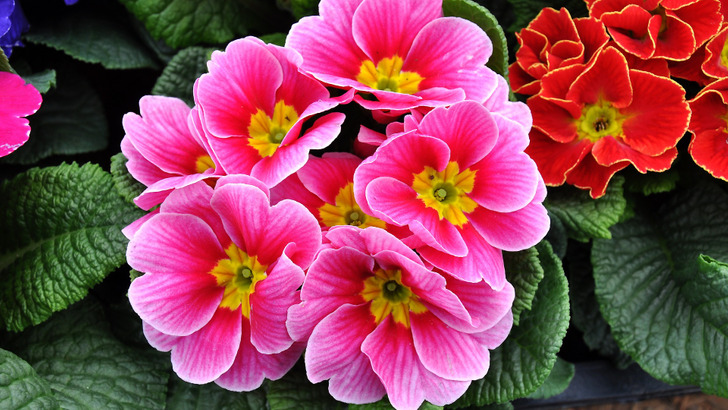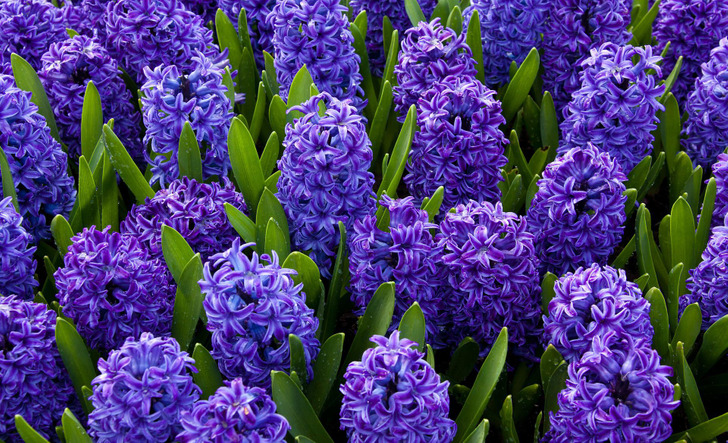What Flowers Bloom Earliest in Spring
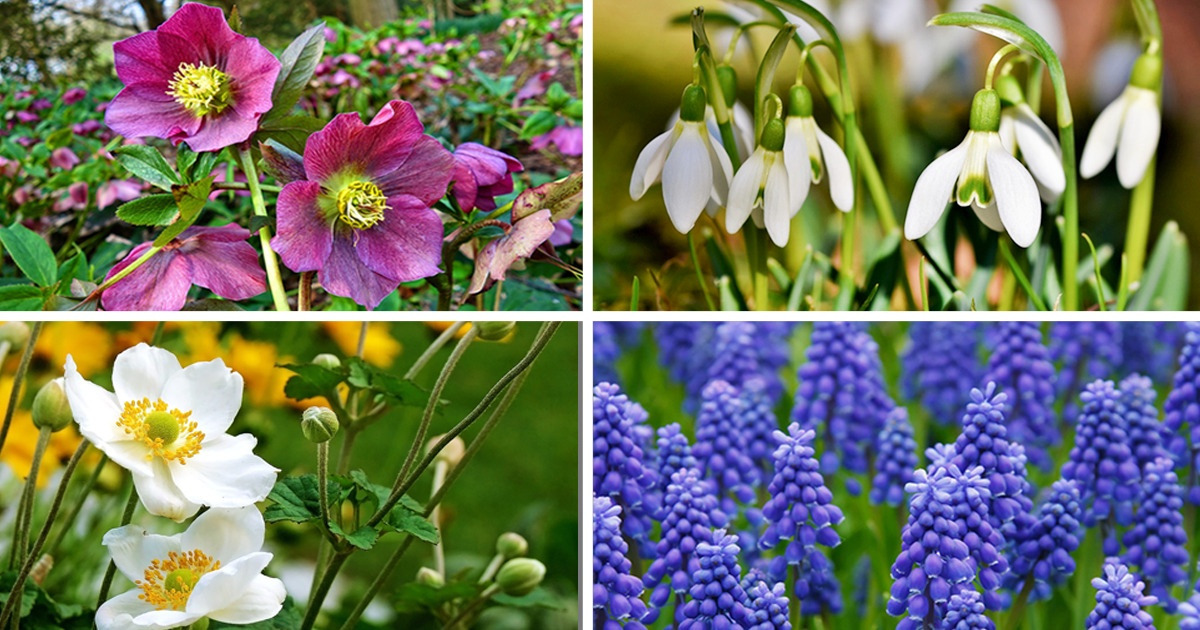
Early bloomers are the plants that bloom in late winter through early spring. They bloom even before trees sprout their leaves. This way, they get the maximum amount of natural light and attract pollinating insects better. After nature wakes up and the trees leaf out, early bloomers go dormant until the next year.
5-Minute Crafts would like to tell you about 10 early bloomers that are widespread in the temperate climate.
Snowdrops (Lat. Galánthus)
Snowdrops are frost resistant. Thanks to this, they are among the earliest bloomers and begin to flower even before snow melts. Their delicate leaves and white flowers have become a symbol of the rebirth of nature after a long, cold winter.
Snowdrops have white, bell-shaped flowers that hang from the stems. The tips of the inner segments have green markings.
Optimal conditions: full sun or partial shade, moist soil but well-drained at the same time
Size: On average, up to 6 inches, while the leaves tend to grow up to 8 inches tall after blooming.
Color of flowers: white with green markings
Scilla
These small plants, along with snowdrops, are associated with the coming of spring. They bloom with small star-shaped flowers. They are native to woodlands, subalpine meadows, and sea coasts, and they are easy to grow in gardens and flower beds. They are often used in landscape design, as they tend to cover large areas over time and hide landscape flaws.
Scillas are good companions for other early bloomers, such as crocus and Muscari.
Optimal conditions: full sun or part shade, well-drained soil
Size: individual species, from 2 inches to 2 feet
Color of flowers: shades of blue, white, or pink
Crocus
Crocuses are easy-to-grow spring flowers. They tolerate cold weather, so they can bloom before the snow melts. They are attractive to first pollinators.
Crocuses reproduce easily and quickly, covering large areas over time. They don’t require special care. Crocuses have natural enemies, like rodents, hungry for fresh greens, who like to eat their buds.
Optimal conditions: bright sun and loose, well-drained soil
Size: up to 6 inches tall
Color of flowers: shades of purple, yellow, orange, pink, and white
Tulip
Tulips are relatively easy to care for and loved by many gardeners. These flowers have a rich history. There is evidence that people began to cultivate them in the tenth century because of their bright neat flowers, pleasant delicate aroma, and rich green leaves.
Over time, interest in tulips became even greater: numerous varieties have been bred with flowers of various shapes and shades. Tulips also differ in frost resistance and blooming time. Depending on the variety, tulips can bloom throughout the entire spring season.
Optimal conditions: full sun and well-drained soil
Size: up to 23 inches depending on the variety
Color of flowers: They come in a wide range of shades, from pure white through all shades of yellow and red to brown, deep purple, and almost black — the only pure color that can’t be found in tulips is blue.
Hellebore
In warm climates, hellebores may bloom in late winter. They are known for their ability to bloom for 1 to 1.5 months, which is why it’s often used in landscape design. The evergreen leaves of the plant, unlike most early bloomers, don’t dry out after blooming.
Hellebores grow well indoors too. They can decorate a house with bright flowers when the nature outside the window just begins to wake up.
Optimal conditions: Part shade or shade — hellebores grow best in the shade of tree crowns or large shrubs in moist soil.
Size: up to 12 inches
Color of flowers: white, yellow, apricot, maroon, blue, and green
Anemone
There are over 100 varieties of anemones. Depending on the variety, they bloom from early spring to fall. The large flowers of early anemones look like poppies.
The anemone is also called a windflower. The flower got its name because of the delicate petals that open and flutter in the wind. Gusts of wind also blow away the dead petals.
Optimal conditions: Anemones are easy to care for and like regular water in well-drained soil.
Size: The biggest varieties reach 3 feet in height.
Color of flowers: white, blue, red, and yellow
Muscari
Muscari is a small plant that bears clusters of small, bell-shaped flowers that look like beads.
In floriculture, Muscari should be treated with caution: these easy-to-grow plants reproduce very quickly and are able to cover a large area.
Optimal conditions: They grow both in full sun and shade, but the flowers last longer in partial shade.
Size: up to 8 inches tall
Color of flowers: shades of blue, purple, pink, and white
Daffodil
This is one of the most widely known spring flowers thanks to its bright color and aroma. Depending on the species, daffodils begin to bloom in early to mid-spring. Blooming can last several weeks. There are many hybrids that have different flower shapes and sizes.
Optimal conditions: full sun or part shade, rich organic soil
Size: up to 1 foot tall
Color of flower: It’s best known for its “classic” yellow color, but there are also many color variations in white, pink, orange, and red, or in combinations of 2 colors.
Primrose
The most diverse flowers of this article are primroses. According to various estimates, there are up to 600 species of these plants. All its varieties look similar: they have low rosettes of leaves with additional, colorful flowers in the center.
Unlike many other early bloomers, primroses continue to bloom throughout summer and even fall if the weather permits.
Optimal conditions: part shade, moist, well-drained soil
Size: up to 20 inches
Color of flowers: red, pink, purple, blue, white, and yellow
Hyacinth
Hyacinths are easy to distinguish from other spring flowers due to their bright colors and strong fragrance. Their shape is also very well-known: their flower spikes are made up of dozens of small florets packed together.
Hyacinths bloom at the same time as daffodils and early varieties of tulips. They grow well in groups, contributing to each other’s beauty.
Optimal conditions: full sun or part shade
Size: up to 12 inches
Color of flowers: anything from blue to red, along with white or pink
